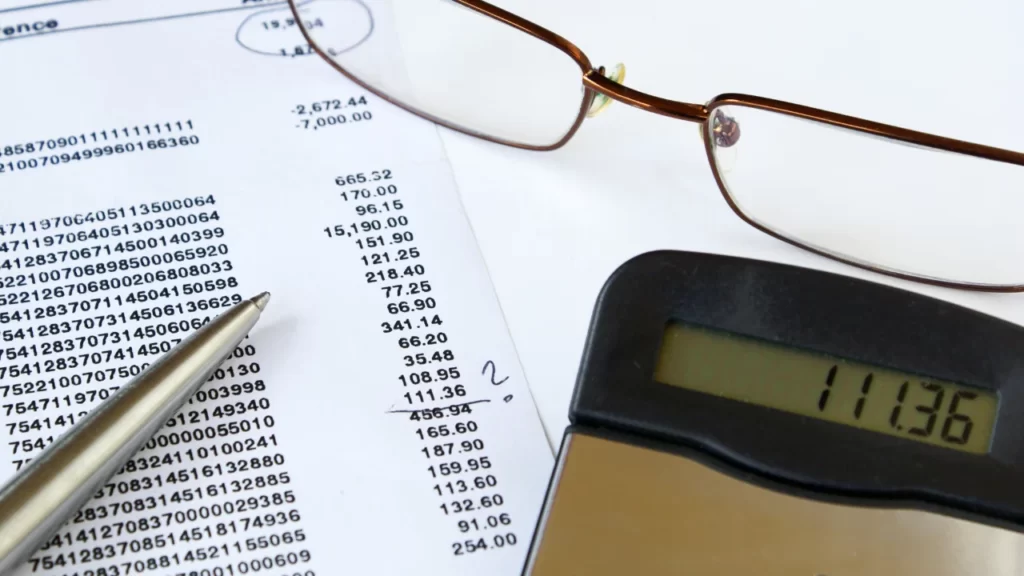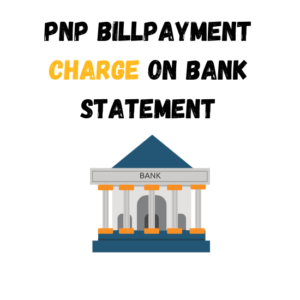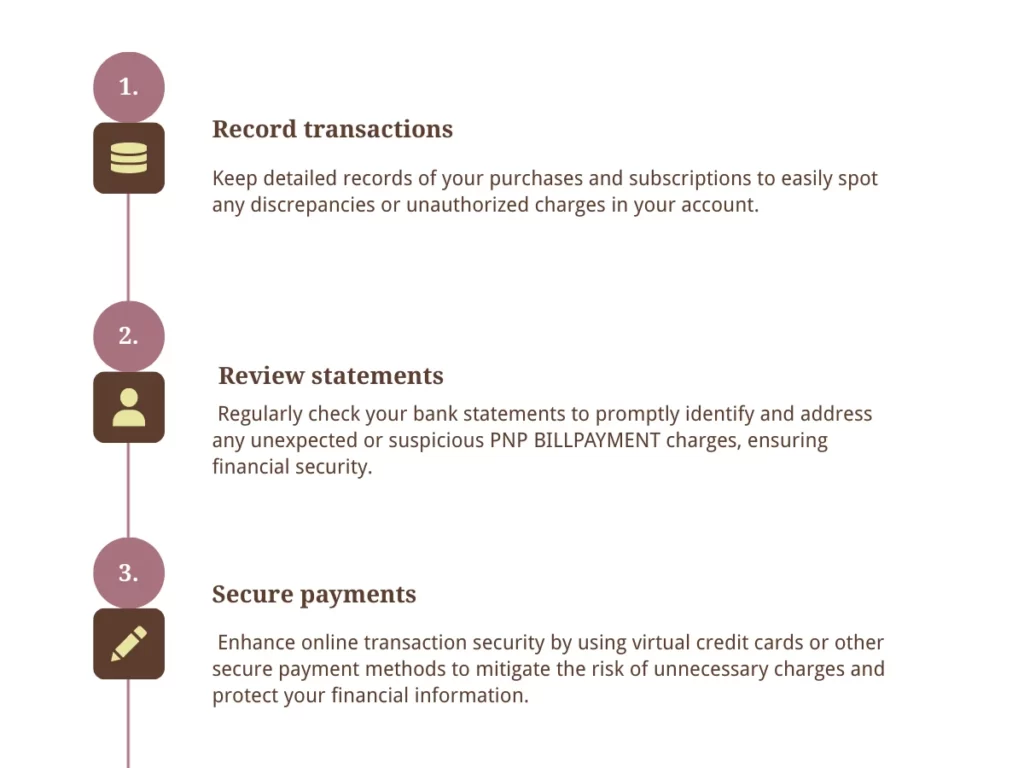In today’s fast-paced digital landscape, where online transactions seamlessly intertwine with our daily lives, interpreting the intricacies of monthly bank statements has become a necessity. Amidst the array of coded entries, the “PNP BILLPAYMENT” charge often catches our attention, sparking curiosity about its origin and legitimacy.
Introduction
In our digitally-driven world, where online transactions are an integral part of daily routines, understanding the details on monthly bank statements is crucial. The PNP BILLPAYMENT charge, among the many codes, stands out, raising questions about its source and legitimacy.

Embarking on a journey to demystify this financial puzzle, we’ll delve into the complexities of the PNP BILLPAYMENT charge. At the heart of this exploration is Plug’n Pay, a robust payment gateway facilitating secure electronic transactions. This guide aims to unravel the layers behind the charge, comprehend associated fees, and empower you with insights to confidently navigate your bank statement.

Understanding the PNP BILLPAYMENT Charge
Decoding your bank statement is like deciphering a secret language in the realm of financial transactions. The PNP BILLPAYMENT charge is more than just random characters; it offers a window into the world of electronic payments, specifically within the domain of Plug’n Pay.
What Is Plug’n Pay?
At the core of the PNP BILLPAYMENT charge lies Plug’n Pay, a versatile payment gateway ensuring secure electronic transactions. Businesses use this platform to simplify payment processes, providing customers a secure way to make online purchases or settle bills. Serving as a trustworthy intermediary, Plug’n Pay encrypts and securely transmits sensitive financial information between the customer, merchant, and financial institution.
What Charges Can Appear Under Plug’n Pay?
Under Plug’n Pay, a variety of charges may appear on your bank statement. The PNP BILLPAYMENT charge acts as a catch-all descriptor for transactions processed through this platform. It covers everything from online purchases to recurring subscription payments, making it a versatile code encapsulating diverse financial activities.
Where PNP Service Can Be Used
Plug’n Pay’s influence extends across various industries, including e-commerce, subscription services, and utility payments. Online retailers and service providers integrate Plug’n Pay into their checkout processes, ensuring customers a seamless and secure payment experience. This widespread usage ensures that the PNP service could appear on your bank statement in connection with transactions from numerous sources.
Why You See a PNP Bill Payment Charge On Monthly Statement
Encountering a PNP BILLPAYMENT charge on your monthly statement results from an online transaction you initiated. Whether you recently made an online purchase, subscribed to a digital service, or paid a utility bill through an online portal, the PNP BILLPAYMENT charge signifies that the transaction was processed through the Plug’n Pay gateway.
What to Do If You Don’t Recognize a PNP Bill Payment Charge
Facing an unfamiliar PNP BILLPAYMENT charge can be unsettling, but there’s no need to panic. Start by reviewing your recent online transactions to identify the source of the charge. If the origin remains unclear, promptly contact your bank’s customer service for clarification. Timely action is essential to address any unrecognized charges and secure your financial accounts.
How to Identify Legitimate PNP BILLPAYMENT Transactions
To distinguish legitimate PNP BILLPAYMENT transactions from potential fraud, meticulously review your purchase history. Confirm that the charge aligns with a recent online transaction and cross-reference it with receipts or confirmation emails. Legitimate transactions should correspond to actual services or products you’ve acquired.
Tips for Avoiding Unnecessary PNP BILLPAYMENT Charges
While PNP BILLPAYMENT charges are typically legitimate, maintaining vigilance in your online transactions is essential. Keep meticulous records of your purchases, subscriptions, and recurring payments. Regularly review your bank statements to promptly identify and address any unauthorized or suspicious charges. Consider utilizing virtual credit cards or secure payment methods to enhance the security of your online transactions.

Common Issues and Concerns
Despite robust security measures, users may encounter issues or harbor concerns regarding PNP BILLPAYMENT charges. From billing discrepancies to technical glitches, addressing these challenges requires effective communication. In case of issues, promptly contact the customer support of the service provider associated with the charge, as timely communication often resolves problems and provides clarity.
Comparisons with Other Billing Codes
In the expansive landscape of online transactions, various billing codes may appear on your statement, each tied to a specific payment gateway or service provider. Comparing the PNP BILLPAYMENT charge with others provides insights into the diversity of platforms utilized by businesses. Understanding these distinctions contributes to a more informed assessment of your financial transactions.
Conclusion
In conclusion, the appearance of a PNP BILLPAYMENT charge on your bank statement is a direct outcome of the widespread use of Plug’n Pay, a secure payment gateway facilitating electronic transactions. While the initial confusion may arise, a closer inspection often reveals its association with legitimate online purchases or payments.
By staying vigilant, promptly addressing unrecognized charges, and employing secure payment practices, you can navigate the digital landscape with confidence. Understanding the nuances of these charges empowers you to manage your financial transactions effectively and securely in the ever-evolving world of online payments
FAQs
What are PNP Online Payments?
PNP Online Payments refer to transactions processed through Plug’n Pay, a secure payment gateway widely used by businesses to facilitate electronic transactions. These payments can include online purchases, subscription fees, utility bill payments, and more.
Are PNP fees refundable?
The refundability of PNP fees depends on the policies of the specific service or business associated with the charge. Generally, online payment platforms, including Plug’n Pay, adhere to the refund policies set by the merchants or service providers. It’s advisable to review the terms and conditions of the particular transaction or contact the customer support of the service provider for information on refund policies.
Is there a way to prevent issues with PNP BILLPAYMENT charges?
While issues are rare, staying vigilant in your online transactions, promptly addressing unrecognized charges, and utilizing secure payment methods can minimize the likelihood of problems associated with PNP BILLPAYMENT charges.
Can I trust the security of transactions processed through Plug’n Pay?
Yes, Plug’n Pay is designed as a secure payment gateway, encrypting and securely transmitting sensitive financial information between the customer, merchant, and financial institution, ensuring the safety of electronic transactions.
